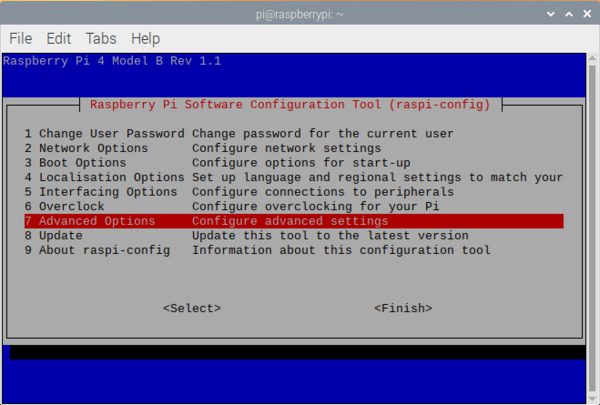

This is used by the example code to find the device IDs that must be passed to the GPIO drivers, so that they can look up the driver configuration required to correctly initialize the GPIO devices. It includes information on the hardware design, including addresses and some configuration parameters for AXI IPs. Xparameters.h is a file generated during the process of exporting a platform from Vivado. This code pulls in several headers that are automatically pulled into the Vitis workspace: Change the BTN_MASK and LED_MASK macros so that they contain a number of '1's equal to the number of buttons and leds connected to the GPIO peripherals in the hardware design. Do not select the system clock input to the MIG.Ĭopy and paste the code to the right into the empty main.c file that has now been opened. You may instead wish to run your design off of ui_clk itself. In the screenshot to the right, the 100 MHz clk_out1 from a clocking wizard is chosen. Important! When working with multiple clocks in a design (as happens to always be the case when working with the MIG) it is important to verify that you are picking the correct Clock Connection from the dropdown. Getting them right the first time will save you time in the long run. This is to say, the settings chosen here are important. It should be noted that while it is possible to change these settings manually later (for example, by manually adding an AXI INTC IP and connecting it to the processor), the easiest way to do so will be to clear the Microblaze processor out of your block design and restart the process of adding the processor. Note: Settings not present in this list are out of the scope of this guide, and can safely be left as their default.Ĭonfirm that the settings meet your design requirements. Designs using DDR should use the MIG's ui_clk pin, while designs without DDR should use the Clocking Wizards clk_out1 pin. USB Scopes, Analyzers and Signal GeneratorsĬlock Connection specifies the processor's clock.


 0 kommentar(er)
0 kommentar(er)
